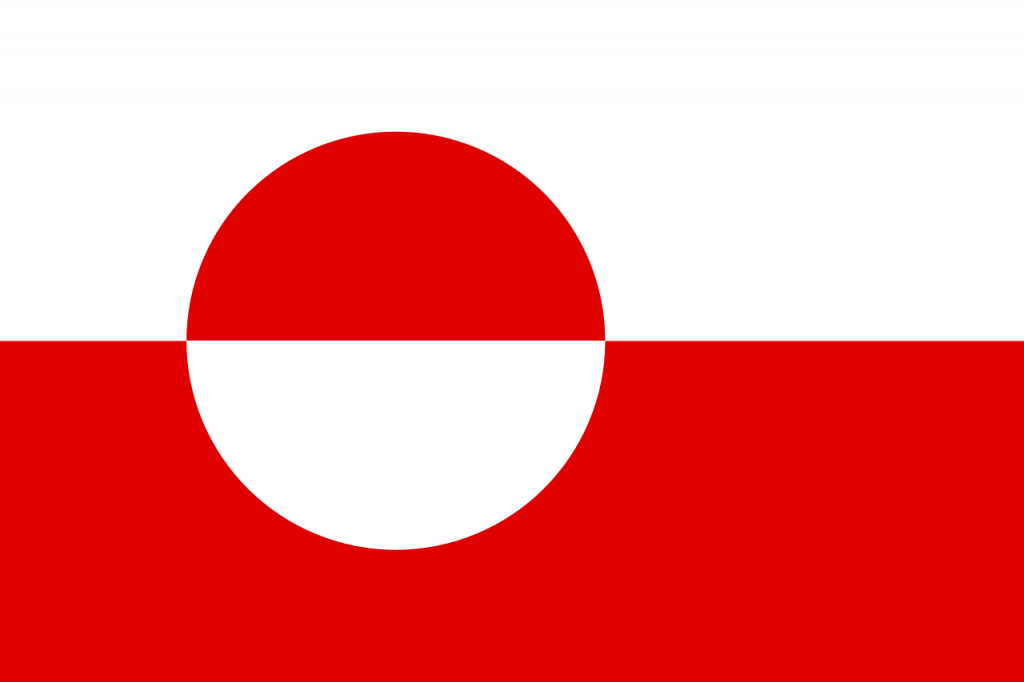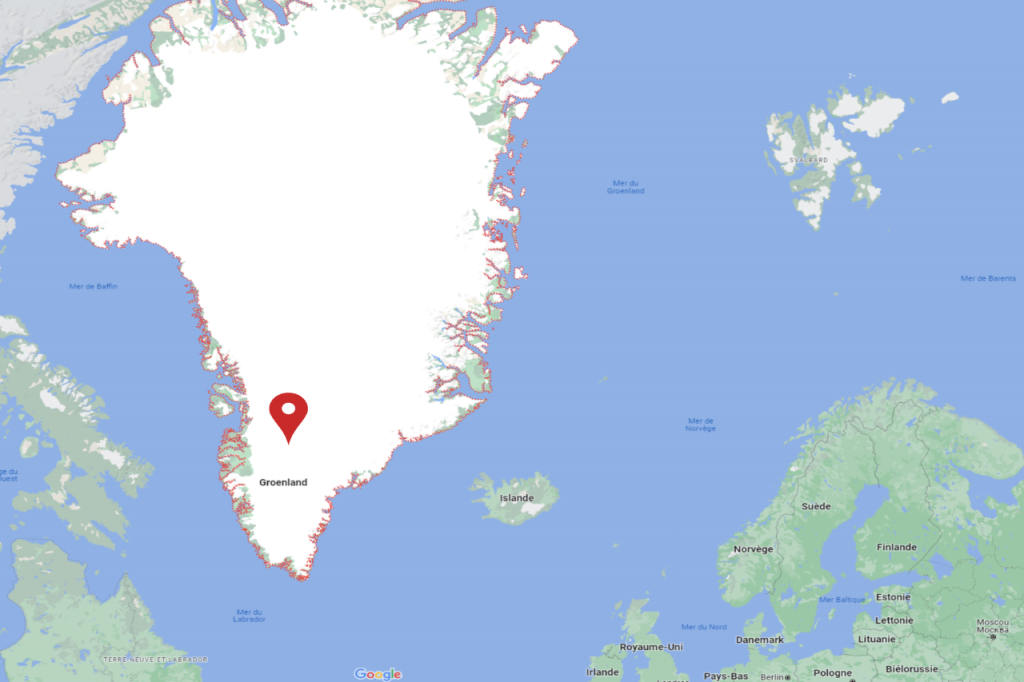Exploration in solidarity lands
(2022)
Greenland is an autonomous island belonging to Denmark, with an area of 2.166 million square kilometers and a population of 56,421 inhabitants, 87% of whom are Inuit, an indigenous community. Although the country ranks 64th out of 188 on the UN Human Development Index and guarantees a decent standard of living for its entire population, living conditions are difficult, especially due to the harsh climate. Moreover, the isolation that the communities grouped in small villages along the coast can feel, the economic and social crisis caused by the lack of alternative to the traditional activities of hunting and fishing, as well as the identity crisis due to the great gap between the traditional culture and the new cultures, lead to a rural exodus, especially towards Nuuk, the capital.
Economically, only the traditional activities of hunting and fishing are profitable. Tourism is struggling to develop because of the lack of infrastructure, the low development of transportation and its high cost, as well as the short season to welcome travelers. However, this could represent an interesting opportunity for the communities, as a complement to their traditional activities. It would also allow a decrease in the rural exodus.
Unfortunately, the tourism offer as it is currently conceived does not allow local communities to benefit from the financial spin-offs it generates. The development of a tourism that is more respectful of the environment and cultures would allow the communities to fully appropriate this source of income while proudly perpetuating their culture. Indeed, Greenland is a country of striking contrast between the old and the new, and Greenlanders have this desire to belong to the modern world while keeping their history alive through their culture.


Subscribe to the travel newsletter from our collaborative booking platform Vaolo to find out what’s new, follow our explorers and receive tips for more conscious travel.
The use of the masculine gender has been adopted for ease of reading and has no discriminatory intent.
© 2025 All rights reserved. Village Monde.
By continuing to use the site, you agree to our privacy and cookie policy
I accept